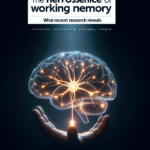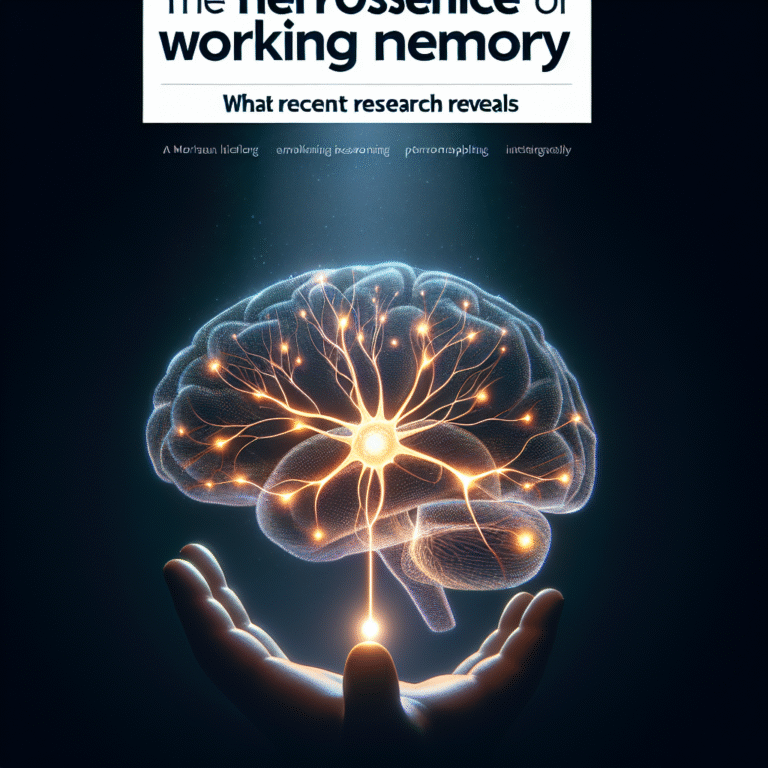
Introduction
Change is an inevitable part of life. From personal transformations to collective societal shifts, the ability to adapt and perceive these changes significantly shapes our experiences and decisions. But why do some people resist change while others embrace it? The answer lies in understanding the psychology behind change and perception shifts. This article delves into The Psychology of Change: Understanding Perception Shifts and Their Impact, exploring how our perceptions can alter our reactions to change and ultimately affect our life trajectories.
The Nature of Change
Change can take many forms—whether it’s a new job, a move to a different city, or societal movements that alter our reality. Understanding the essence of change starts with three primary questions:
- What is change?
- How do we perceive change?
- What impacts do perception shifts have on our lives?
Perception: The Lens Through Which We See Change
Perception is how we interpret and make sense of the world. According to psychologist Kurt Lewin’s Change Model, perception profoundly affects how we experience change. We often categorize change into two types: planned and unplanned.
| Change Type | Definition | Perception Impact |
|---|---|---|
| Planned Change | Intentional and structured adjustments | Generally perceived positively if well-communicated |
| Unplanned Change | Sudden disruptions | Often met with resistance and anxiety |
Understanding The Psychology of Change: Understanding Perception Shifts and Their Impact can facilitate smoother transitions through both types of change.
Theoretical Perspectives on Change
To fully grasp the psychology of change, we can examine several key theories that shed light on how perception shifts occur.
1. The Transtheoretical Model
Developed by Prochaska and DiClemente, this model outlines stages of change—from precontemplation to maintenance. It highlights how individuals’ perceptions shift as they move through these stages.
2. The Kübler-Ross Change Curve
Often associated with grief, this model is applicable to any significant change. It emphasizes stages such as denial, anger, bargaining, depression, and acceptance. Notably, perception shifts dramatically during the transition stages, impacting emotional responses.
3. The Emotional Cycle of Change
This framework focuses on the emotional responses individuals go through during change.
| Stage | Emotional Response | Perception Shift |
|---|---|---|
| 1. Loss | Shock | Initial denial of change |
| 2. Doubt | Anxiety | Increasing questioning of the new reality |
| 3. Discomfort | Frustration | Realization of the need to adapt |
| 4. Acceptance | Hope | Positive perspective on the change |
Understanding these theories lays the groundwork for grasping The Psychology of Change: Understanding Perception Shifts and Their Impact.
Case Studies: Real-World Applications of Perception Shifts
Case Study 1: Organizational Change in Corporations
When a major corporation undergoes restructuring, employee reactions vary significantly. A prime example can be seen in the case of Kodak, which struggled to adapt to digital photography. The perception of change here was marred by denial and fear, leading to catastrophic business losses. In contrast, Netflix successfully shifted from DVD rentals to a streaming platform by proactively addressing employees’ perceptions of this change, ultimately creating a positive organizational culture.
Analysis
Kodak’s decline illustrates the detrimental impacts of negative perception shifts during organizational change. In contrast, Netflix’s proactive communication fostered a culture of adaptability, highlighting the role of leadership in shaping perception.
Case Study 2: The Impact of Digital Transformation
The rise of remote work has exemplified significant shifts in societal and workplace perceptions. Initially met with skepticism, organizations like Twitter embraced remote work, changing their perception of productivity.
Analysis
Twitter’s success in adapting to remote work not only underscores the practical aspects of operational change but also illustrates how perception shifts can transform workplace culture and productivity outlook.
Navigating Perception Shifts: Strategies for Change
1. Awareness and Acknowledgment
Recognizing that change is occurring is the first step. Build self-awareness to identify when perceptions are shifting, be it in personal life or organizational contexts.
2. Communication and Clarity
Clear, consistent communication is paramount. Keeping all stakeholders informed reduces anxiety and fosters a more positive outlook on change.
3. Empathy and Support
Offering emotional support during times of uncertainty can mitigate negative perceptions. When individuals feel understood, they are more likely to adapt positively.
4. Reframing and Perspective-Taking
Encouraging a growth mindset can help individuals view change as an opportunity rather than a threat. Reframing is a powerful tool to shift perceptions.
Actionable Insights for Embracing Change
To truly grasp The Psychology of Change: Understanding Perception Shifts and Their Impact, we must equip ourselves and others with actionable strategies:
- Practice Mindfulness: Being present can help mitigate the fear and anxiety associated with change.
- Cultivate Resilience: Improving coping strategies can help individuals adapt to unforeseen changes.
- Foster Openness: Encourage conversations about change, allowing different perspectives to shape collective understandings.
Conclusion
The dynamics of change and perception are complex but crucial to navigating our personal and professional lives. Understanding The Psychology of Change: Understanding Perception Shifts and Their Impact not only equips us with tools to manage change better but also inspires resilience and adaptability.
Remember, change is not just about the external shifts—it’s about how we perceive and respond to them. By embracing change and its perceptions positively, we can harness its potential for growth and transformation.
FAQs
1. Why do people resist change?
Resistance to change often stems from fear of the unknown, perceived threats to security, and a lack of trust in leadership.
2. How can organizations facilitate positive perceptions of change?
By engaging in effective communication, providing support systems, and fostering a culture of transparency.
3. What role does emotional intelligence play in managing change?
Emotional intelligence allows individuals to understand and manage their emotions, leading to more constructive responses to change.
4. Can perception shifts be beneficial?
Yes, perception shifts can lead to new opportunities, perspectives, and innovations when embraced positively.
5. How can individuals develop a growth mindset in response to change?
Practicing self-reflection, seeking feedback, and focusing on learning rather than failure can help cultivate a growth mindset.
In navigating life’s inevitable changes, embracing the psychological aspects and understanding perception shifts can lead us to not just survive, but thrive. By sharing this knowledge, we empower ourselves and others to approach change with confidence and resilience.
















